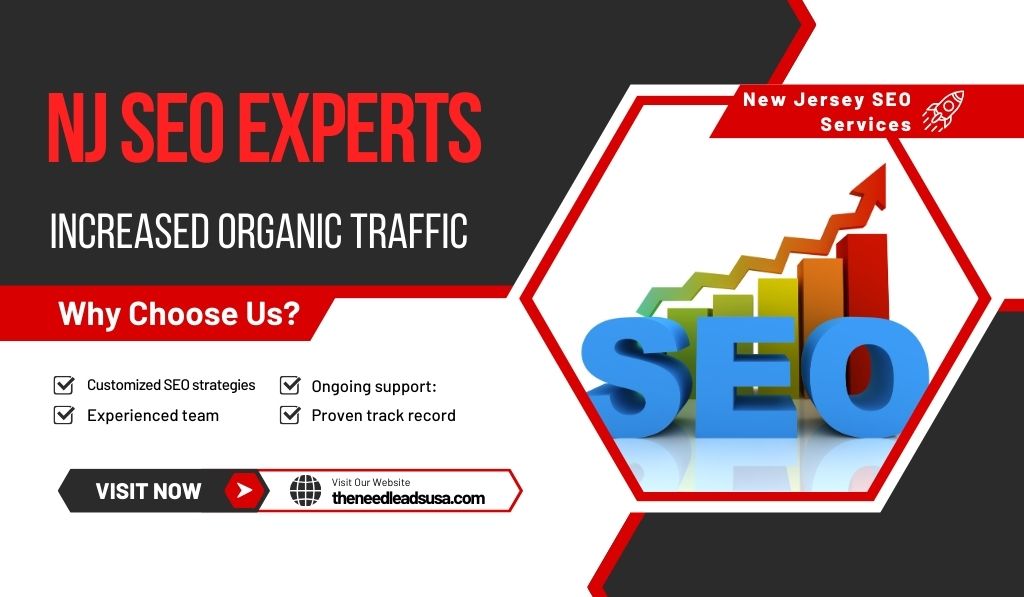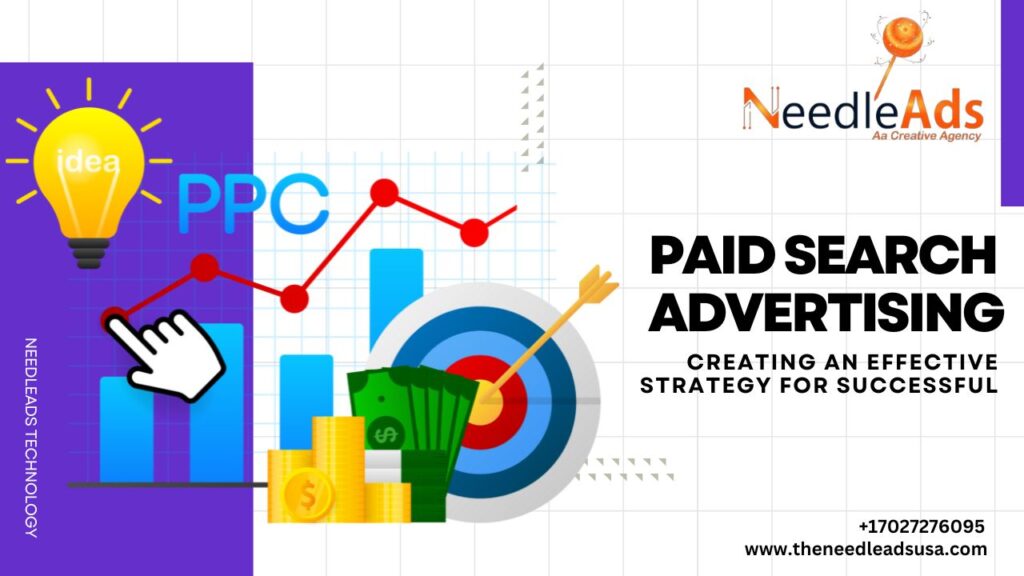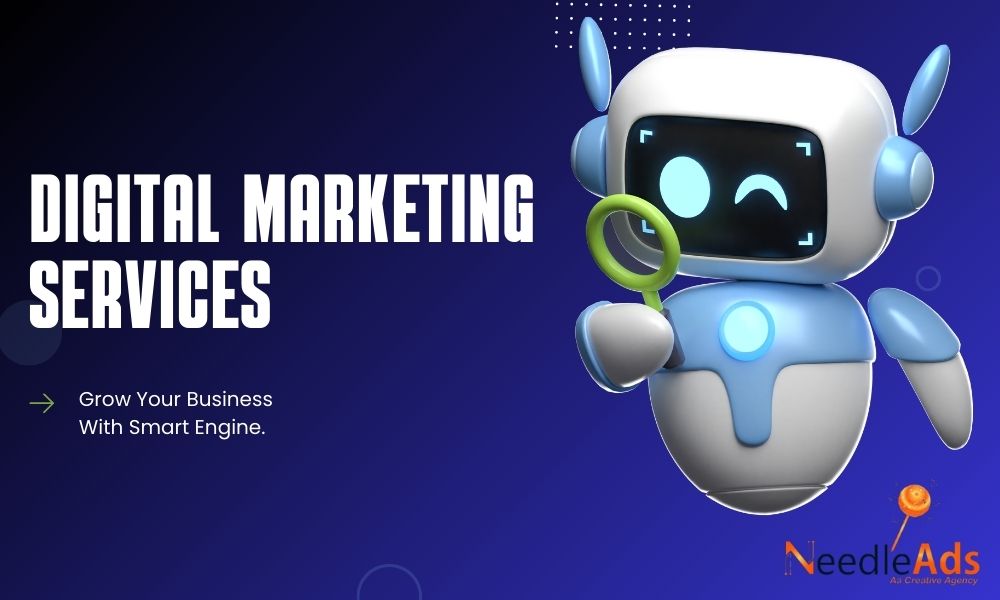Creating an Effective Strategy for Successful Paid Search Advertising
Paid search advertising is a powerful tool for businesses to increase their online visibility and drive targeted website traffic. When done correctly, paid search advertising can deliver a high return on investment (ROI), attract qualified leads, and boost sales. This article will guide you through the essential steps and best practices for creating an effective strategy for successful paid search advertising, leveraging keywords such as paid search advertising, search engine marketing (SEM), paid search marketing, paid search optimization, Pay Per Click best practices, search engine marketing, Google paid advertising, and SEM marketing.
Understanding Paid Search Advertising
Paid search advertising, called pay-per-click (PPC) advertising, involves placing ads on search engine results pages (SERPs) to drive traffic to your website. Advertisers bid on keywords relevant to their business, and their ads appear when users search for those keywords. The advertiser pays a fee each time their ad is clicked. The most popular platform for paid search advertising is Google Ads, but other platforms like Bing Ads and Yahoo Gemini also offer similar services.
The Importance of Search Engine Marketing (SEM)
Search engine marketing (SEM) encompasses all strategies to promote websites through search engines, including paid search advertising and search engine optimization (SEO). While SEO focuses on organic search results, SEM combines organic and paid strategies to maximize visibility and drive traffic. Effective SEM marketing leverages SEO and paid search strengths to create a comprehensive online marketing strategy.
Steps to Create an Effective Paid Search Advertising Strategy

1. Define Your Goals
Before diving into paid search advertising, it’s crucial to define your goals. What do you want to achieve with your paid search campaigns? Common goals include:
- Increasing website traffic: Drive more visitors to your site.
- Generating leads: Attract potential customers interested in your products or services.
- Boosting sales: Increase the number of conversions or purchases.
- Brand awareness: Improve your brand’s visibility and recognition.
Clear goals will help you tailor your paid search strategy to meet your business objectives.
2. Conduct Keyword Research
Keyword research is the foundation of any successful paid search advertising campaign. Identify the keywords potential customers use to search for products or services like yours. Tools like Google Keyword Planner, SEMrush, and Ahrefs can help you find relevant keywords with high search volume and low competition.
When conducting keyword research, consider the following:
- Relevance: Choose keywords that are directly related to your business and offerings.
- Search volume: Target keywords that have a significant number of monthly searches.
- Competition: Look for keywords with moderate to low competition to improve your chances of ranking well.
3. Create Compelling Ad Copy
Your ad copy is crucial in attracting clicks and driving traffic to your website. Craft compelling and relevant ad copy that resonates with your target audience. Here are some tips for creating compelling ad copy:
- Highlight benefits: Focus on your product or service’s unique benefits and features.
- Use strong calls to action (CTAs): Encourage users to take action, such as “Buy Now,” “Sign Up Today,” or “Learn More.”
- Incorporate keywords: Include your target keywords in the ad copy to improve relevance and quality score.
- Test variations: Create multiple versions of your ad copy and test them to see which performs best.
4. Optimize Landing Pages
Your landing page is where users are directed after clicking on your ad. A well-optimized landing page can significantly impact your conversion rates. Here are some tips for optimizing your landing pages:
- Ensure relevance: Ensure the content on your landing page aligns with the ad copy and keywords.
- Simplify navigation: Keep the landing page simple and easy to navigate.
- Highlight value propositions: Communicate the benefits of your product or service.
- Include strong CTAs: Use prominent and persuasive calls to action to guide users toward conversion.
- Optimize for mobile: Ensure your landing page is mobile-friendly, as a significant portion of traffic comes from mobile devices.
5. Set a Budget and Bidding Strategy
Determine your budget for paid search advertising and choose a bidding strategy that aligns with your goals. Google Ads offers several bidding options, including:
- Cost-per-click (CPC): Pay for each click on your ad.
- Cost-per-thousand-impressions (CPM): Pay for every 1,000 times your ad is shown.
- Cost-per-acquisition (CPA): Pay for each conversion or action the user takes.
Consider using automated bidding strategies like Target CPA, Target ROAS, or Enhanced CPC to optimize your bids and achieve your desired outcomes.
6. Monitor and Analyze Performance
Regularly monitoring and analyzing the performance of your paid search campaigns is essential for ongoing success. Use tools like Google Analytics and Google Ads to track key metrics such as:
- Click-through rate (CTR): The percentage of users who click on your ad after seeing it.
- Conversion rate: The percentage of users who complete a desired action (e.g., purchase, sign-up) after clicking on your ad.
- Cost-per-click (CPC): The average amount you pay for each click on your ad.
- Return on ad spend (ROAS): The revenue generated for every dollar spent on advertising.
Analyzing these metrics will help you identify areas for improvement and make data-driven decisions to optimize your campaigns.
Google Ads Best Practices for Paid Search Advertising

1 .Use Ad Extensions
Ad extensions provide additional information and increase the visibility of your ads. Common ad extensions include:
- Sitelink extensions: Link to specific pages on your website.
- Call extensions: Include your phone number for easy contact.
- Location extensions: Show your business address and map location.
- Callout extensions: Highlight additional benefits or features.
Using ad extensions can improve your ad’s click-through rate and overall performance.
2. Implement Negative Keywords
Negative keywords prevent your ads from showing for irrelevant searches. By adding negative keywords, you can avoid wasting your budget on clicks that are unlikely to convert. Review your search term reports regularly and add negative keywords to refine your targeting.
3. Leverage Audience Targeting
Audience targeting allows you to reach specific groups of users based on their demographics, interests, and behaviors. Use audience targeting to tailor your ads to different segments of your target audience and increase the relevance of your campaigns.
4. Optimize for Mobile
Optimizing your paid search campaigns for mobile is crucial with the increasing use of mobile devices. Ensure your mobile-friendly ads and landing pages provide a seamless user experience across all devices.
5. Test and Iterate
Continuous testing and iteration are crucial to improving your paid search campaigns. Experiment with different ad copy, keywords, bidding strategies, and landing page designs to find the best for your business. Use A/B testing to compare different variations and make data-driven decisions.
Paid Search Optimization Techniques
1. Quality Score Improvement
Quality Score is a metric used by Google Ads to determine the relevance and quality of your ads and landing pages. Higher Quality Scores can lead to lower CPCs and better ad positions. To improve your Quality Score:
- Optimize ad relevance: Ensure your ad copy closely matches your target keywords.
- Enhance landing page experience: Create high-quality, relevant, and user-friendly pages.
- Increase CTR: Write compelling ad copy and use ad extensions to attract more clicks.
2. Keyword Match Types
Google Ads offers different keyword match types to control which searches trigger your ads:
- Broad match: Your ad shows for searches that include any variations of your keywords.
- Phrase match: Your ad shows for searches that include the exact phrase of your keywords.
- Exact match: Your ad shows for searches that exactly match your keywords.
Using a mix of keyword match types can help you balance reach and relevance.
3. Ad Scheduling
Ad scheduling allows you to control when your ads are shown. Analyze your performance data to identify the days and times when your ads perform best, and schedule your ads to run during those periods to maximize ROI.
4. Geographic Targeting
Geographic targeting enables you to show your ads to users in specific locations. Use geographic targeting to focus your budget on areas where your target audience is most likely and exclude regions irrelevant to your business.
The Role of Search Engine Marketing (SEM)
SEM encompasses paid search advertising and SEO to create a comprehensive online marketing strategy. Integrating SEM into your overall marketing plan allows you to maximize your online visibility and drive more targeted traffic to your website. Here are some benefits of incorporating SEM:
- Increased visibility: SEM helps your business appear in organic and paid search results, increasing your chances of being seen by potential customers.
- Higher credibility: A strong presence in organic and paid search results can enhance your brand’s credibility and trustworthiness.
- Improved targeting: SEM allows you to target specific keywords, demographics, and locations, ensuring your ads reach the right audience.
- Better ROI: Combining SEO and paid search strategies can result in a higher return on investment by driving more qualified traffic to your website.
Conclusion
Creating an effective strategy for successful paid search advertising involves a combination of thorough keyword research, compelling ad copy, optimized landing pages, and continuous monitoring and optimization. By leveraging the power of search engine marketing (SEM) and implementing Google Ads best practices, you can achieve your business goals and drive meaningful results.
As the digital landscape continues to evolve, staying updated with the latest trends and techniques in paid search advertising is crucial. Following the steps and strategies outlined in this article, you can develop a robust paid search advertising campaign that delivers a high ROI and helps your business thrive in the competitive online marketplace.























